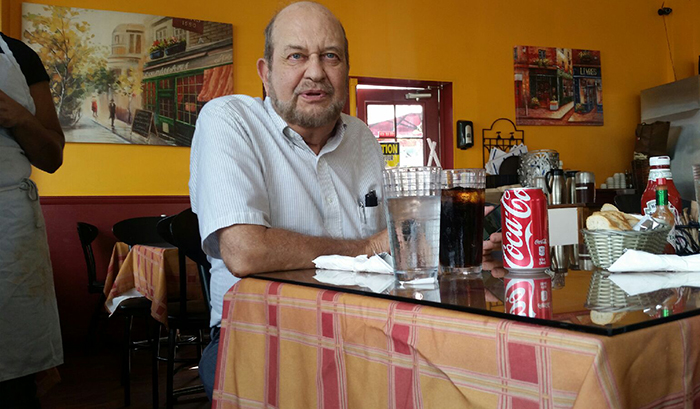Every forecast of California’s future insists this state will need far more college-educated workers than now live here if it is to avert losing out when established businesses expand and seek places with qualified potential employees.
This is true in almost every field, from film-making to making computer chips and hunting knives.
That is why a community college program to help graduates of the two-year schools move on to full-scale universities now looks like one of the better moves the state has made in decades. Started in 2011, this plan lets community college students earn a new kind of degree that helps them move easily and almost seamlessly to Cal State campuses.
Almost all of the state’s two-year schools offer the new Associate in Arts Degree for Transfer and Associate in Science Degree for Transfer, huge progress since the plan began with an unheralded signature from ex-Gov. Schwarzenegger in September 2010.
The program was sponsored in the Legislature by Democrat Alex Padilla, then a state senator, now secretary of state. It guarantees that anyone who obtains either of the new two-year degrees will get a spot at a Cal State campus and that credits earned in community college will count at the four-year school.
Unlike many laws that pass and move into obscurity, this one bears more fruit every year.
In 2015, the number of community college students pursuing the new degrees almost doubled, with 20,644 students getting transfer diplomas, compared with 11,448 the year before. For students who get these degrees, there’s not only a four-year university slot, but also the assurance they cannot be saddled with additional graduation requirements after they enroll at the next level. Students can see exactly what they’ll need to do to complete the entire process in four years. It is much more organized than the often-jumbled transfer process still followed by other would-be community college transfers.
Talk About Saving Money
New degrees are available in 1,900 subjects, but not every community college offers them all. Full details of which degrees can be earned where are available at http://www.adegreewithaguarantee.com/Degrees.aspx.
Even the smallest two-year colleges offer transfer-enabling degrees in subjects from kinesiology and accounting to early childhood education, statistics and theater arts.
The new degrees can lower costs of getting a full-fledged university degree, since they let students graduate with a total of 120 semester units if they continue from a community college degree program to a similar one at the next level. More traditional transfer students, without the guaranteed Cal State acceptance of all or virtually all of their credits from community college, often must take as many as 40 to 50 additional units after enrolling at a four-year school. This can happen when graduation requirements change or because some classes at two-year-schools are not counted.
The proud supervisor of this new opportunity is Brice Harris, statewide chancellor of California Community Colleges. As he announced the huge increase in students getting the innovative degrees, Mr. Harris said they create “an affordable path to a four-year degree, without compromising the quality of education.” He touted the new degrees’ ability to save both time and money, which he labeled a “win-win for both students and the state.”
The more students who get four-year degrees, the less likely California is to continue suffering an exodus of expanding companies, many moving to places like Austin, Tex. and the Raleigh, N.C., area because of their surfeit of available, educated workers.
Most community college students are unaware of the new degrees. Most who get the degrees learn of them from guidance counselors. Many community college students with outside jobs don’t feel they have time to visit counselors.
One 23-year-old student at College of the Desert in Palm Desert said, “Before, I was taking just random classes. I didn’t want to see a counselor. But it’s turned out that one visit will probably save me months later on. Now, I can actually say I am shooting for my B.A., not just looking for an associate degree.”
Bottom line: If we are going to rip failed or questionable government programs from high speed rail to highway repairs, we ought to recognize those that work, like this one.
Mr. Elias may be contacted at tdelias@aol.com. His book, “The Burzynski Breakthrough, The Most Promising Cancer Treatment and the Government’s Campaign to Squelch It,” is now available in a soft cover fourth edition. For more Elias columns, visit www.californiafocus.net

